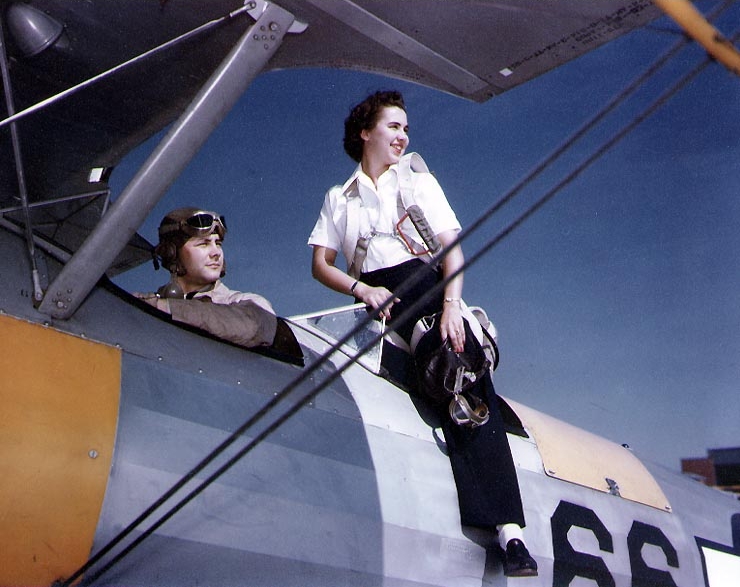|
R-680
The Lycoming R-680 is a nine-cylinder air-cooled radial engine, the first aero engine produced by Lycoming. The engine was produced in two types, the E and B series; both are essentially the same. The B4E was available in a trainer version with a front exhaust collector "ring" for use without cylinder air baffles. R-680 received Approved Type Certificate No. 42 on 4 Feb 1930. Variants ;R-680 :Rated at at 2,000 rpm. ;R-680B4E :Rated at at 2,100 rpm.Bridgman 1988 ;R-680BA :Rated at ;R-680E3A :Rated at at 2,200 rpm. ;R-680-6 :Rated at ;R-680-9 :Rated at at 2,200 rpm. ;R-680-13 :Rated at at 2,200 rpm. Applications * Beech AT-10 Wichita * Boeing-Stearman PT-13 * Cessna AT-8/AT-17 * Curtiss-Wright AT-9 * Fleetwings BQ-2 * Spartan NP-1 * Stinson Airliner * Stinson Reliant * Stinson L-1 Vigilant * Waco S Series The Waco S Series is a family of American cabin biplanes produced by the Waco Aircraft Company starting in 1935. Development and designations The Waco closed cab ... [...More Info...] [...Related Items...] OR: [Wikipedia] [Google] [Baidu] |
Stinson Reliant
The Stinson Reliant is a popular single-engine four- to five-seat high-wing monoplane manufactured by the Stinson Aircraft Company, Stinson Aircraft Division of the Aviation Manufacturing Corporation of Wayne, Michigan. Design and development The Reliant is a high-wing, fixed-tailwheel land monoplane powered with a variety of radial engines. 1,327 Reliants of all types were made from 1933 to 1941, in different models, from SR-1 to SR-10. The final commercial model, the Stinson Reliant SR-10, was introduced in 1938. A militarized version was first flown in February 1942 and remained in production through several additional versions (all externally identical) until late 1943 for the US and British armed forces. Reliant production can be broken into two distinct types – the straight-wing Reliants (all models up to SR-6) and the gull-wing Reliants (all models from SR-7 and after, including the militarized V-77/AT-19), with there being little in common between the two groups of ... [...More Info...] [...Related Items...] OR: [Wikipedia] [Google] [Baidu] |
Boeing-Stearman Model 75
The Stearman (Boeing) Model 75 is an American biplane formerly used as a military Trainer (aircraft), trainer aircraft, of which at least 10,626 were built in the United States during the 1930s and 1940s. Stearman Aircraft became a subsidiary of Boeing in 1934. Widely known as the Stearman, Boeing Stearman, or Kaydet, it served as a primary trainer for the United States Army Air Forces, the United States Navy (as the NS and N2S), and with the Royal Canadian Air Force as the Kaydet throughout World War II. After the conflict was over, thousands of surplus aircraft were sold on the civilian market. In the immediate postwar years, they became popular as Aerial application, crop dusters and sports planes, and for aerobatics, aerobatic and wing walking use in air shows. Design and development In late 1933, Stearman engineers Mac Short, Harold W. Zipp, and J. Jack Clark took a 1931 Lloyd Stearman design, and added cantilever landing gear and adjustable elevator trim tabs, ... [...More Info...] [...Related Items...] OR: [Wikipedia] [Google] [Baidu] |
Curtiss-Wright AT-9
The Curtiss-Wright AT-9 Jeep is an American twin-engined advanced trainer aircraft used by the United States during World War II to bridge the gap between single-engined trainers and twin-engined combat aircraft. The AT-9 had a low-wing cantilever monoplane configuration, retractable landing gear and was powered by two Lycoming R-680-9 radial engines. Development Curtiss-Wright anticipated the requirement for this type of "high-performance" aircraft and designed the Curtiss-Wright CW-25, a twin-engined trainer, which possessed the takeoff and landing characteristics of a light bomber. Using the same basic design as the larger Cessna AT-17 Bobcat, the new CW-25 was designed to simulate the demands of multi-engined operations. The design featured a small layout, grouping two Lycoming R-680-9 radial engines forward and using a retractable tailwheel landing gear to achieve the performance necessary to meet the requirements of an advanced trainer. The single CW-25 prototype acquire ... [...More Info...] [...Related Items...] OR: [Wikipedia] [Google] [Baidu] |


